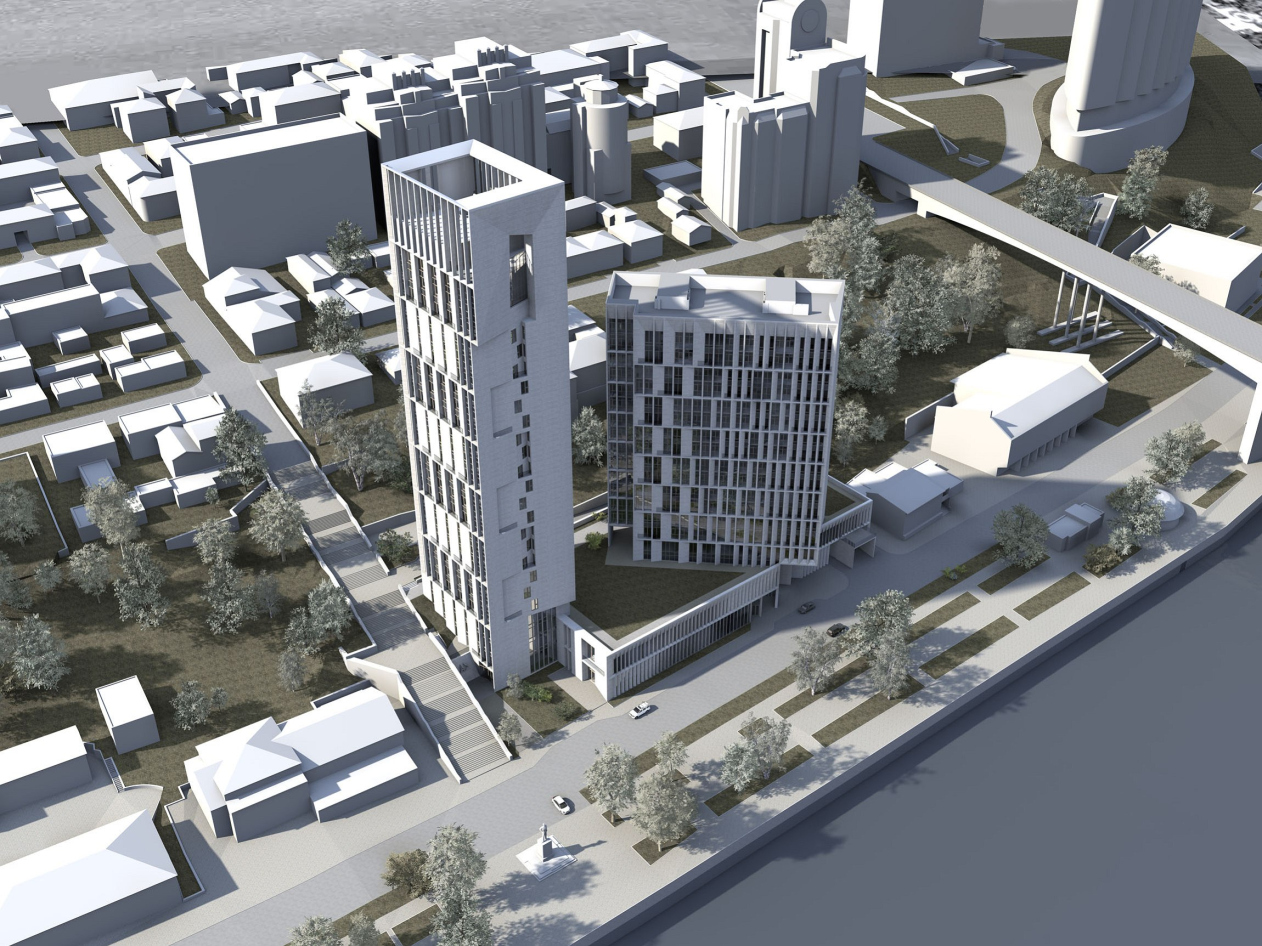Sculptural Minimalism
On Rostov-on-Don’s main embankment, “Sergey Skuratov Architects” Studio has designed a new residential compound that promises to become the city’s new skyscraper centerpiece.




01 November 2011

Written by: